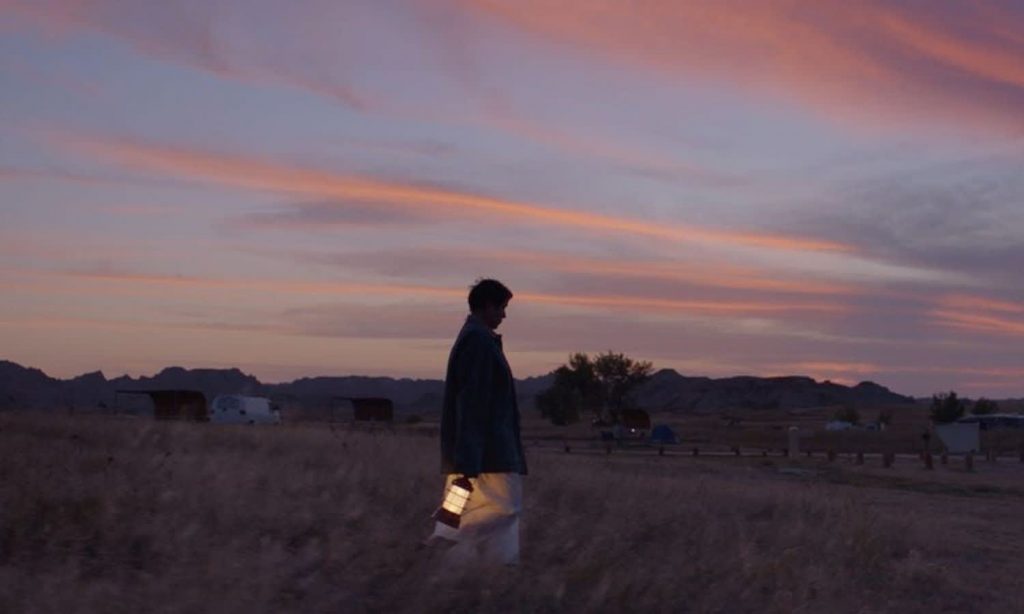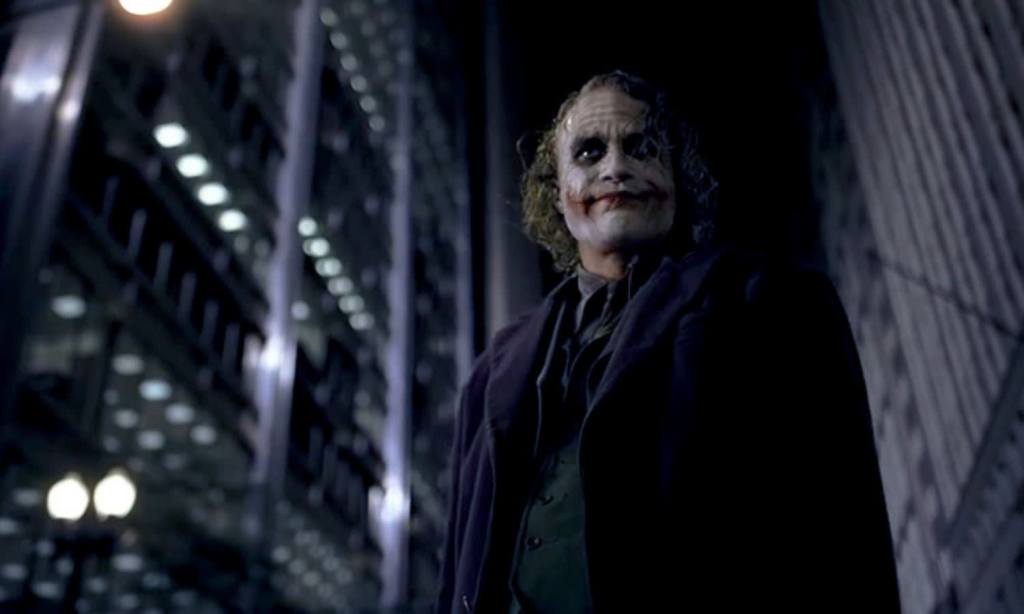During my second year of film school, my favourite teacher introduced us to a famous camera angle called ‘the Dutch tilt’. The shot, in which the camera is tilted on its x-axis, evokes a sense of unease, impending doom or downright madness, and was introduced by German Expressionist directors such as Fritz Lang. It became popular in Hollywood with filmmakers like Orson Welles and Alfred Hitchcock.

Predictably, given we were all a bunch of pretentious film students, we proceeded to overuse this particular angle in every one of our projects. This embarrassing practice aside, learning of the Dutch tilt and the way filmmakers use camera angles to add extra layers to a story, ignited a deep fascination in my nerdy little soul and, to this day, shot psychology is something I pay extra attention to when watching films and TV shows.
A great example of the way camera angles and techniques capture your subconscious while you consciously engage with the plot, costumes and dialogue can be found in HBO’s hit series Succession.
Watch carefully and you’ll notice the camera is constantly moving a little — wobbling, zooming, focusing and re-focusing, all hallmarks of the famous handheld technique — in order to create a sense of instability that further supports what you already know about the Roy family — that they are not to be trusted.
The camera also typically pans between the points of action in a scene which not only allows the actors the freedom of movement but gives the viewer a true feeling of being a fly-on-the-wall.
Here are some other examples of shot psychology to look out for the next time you sit down to watch a movie or binge a TV series.
Low Camera Angles
In some instances, a filmmaker may wish to convey that a particular character is extremely powerful or imposing, even if their dialogue doesn’t specify this.
By shooting someone from underneath, or from a low angle, viewers are able to feel the character’s position and better understand their place in the world the filmmaker has created.
This is one way in which the camera angles and techniques can fill in the gaps in dialogue and start to better build out the story. Wes Anderson, Orson Welles, and Spike Jonze are all fans of this technique.
High Camera Angles
You’ve likely already discerned that while low camera angles that look up to the subject make them appear superior and intimidating, high camera angles that point down at the subject create the opposite effect.
These shots can be used to make characters seem weak and vulnerable and give viewers the sense that an upward battle may be about to ensue for said character.

Extreme Long Shots
If you recall the opening scene of Wolf Creek, the camera sweeps over the vast expanse that is the Australian outback, allowing viewers to get a sense of its size and remoteness.
A shot like this serves the purpose of not only giving the audience a sense of place but also leaves no doubt in their minds that the victims in the film are certainly doomed, as there is not another living soul for miles.
In a film like Nomadland, the stunning long shots invoke a feeling of awe within viewers while also reminding us how small and, in some ways, insignificant we are.

Zooming
When used properly, zooming in or out on a subject can elicit a number of reactions from the viewer.
A very slow, methodical zoom into a person as they are delivering a monologue can have the effect of allowing the viewer to feel as though they are slowly peeling back the layers of the character and getting to know them better while adding to the character’s vulnerability.
If this same move is performed, but is deliberately a little shaky (such as with the handheld method), it can create a sense of unease about the understanding we are gaining about the character. Yes, they may be bearing their soul to us, but what they are bearing about themselves could be difficult to stomach. This technique can also be used to suggest that the character’s emotional state is on shaky ground.
Conversely, slowly zooming out from a character can evoke a sense of loss and give viewers the sense that the character is isolated or lonely.
A quick zoom can also be used to symbolise a sudden change in mood and give the viewer a jolt or it can be used to quickly capture a comedic reaction, like we often saw in Parks and Recreation.

Pans and Tilts
Probably the most common camera movements used in films and tv shows, the pan and tilt are revelatory shots and are used to slowly introduce new information to a viewer, build suspense and keep us wondering what will happen next.
The speed at which these movements are performed is also important as it adds more complexity or meaning to the shot.
For example, if the camera slowly tilts up from someone’s face and up toward the sky, we might feel a big sense of relief and that the possibilities are endless for this particular person.
A whip-pan, however, can startle, or even scare us, like in horror movies when a predator is very suddenly revealed in frame.
Of course, these are just a few examples of different camera angles and the effects they can have on the viewer’s psyche, but the beauty of filmmaking is that there are no rules and directors and cinematographers can experiment with how these shots are used.
So, the next time you are enjoying a great film or series, consider what makes it so great and why you are so invested. Sure, the acting, scriptwriting and set design might be incredible, but I guarantee you it also has something to do with the careful attention that has been paid to each and every shot that has you unable to peel yourself away.
Read more stories from The Latch and subscribe to our email newsletter.








